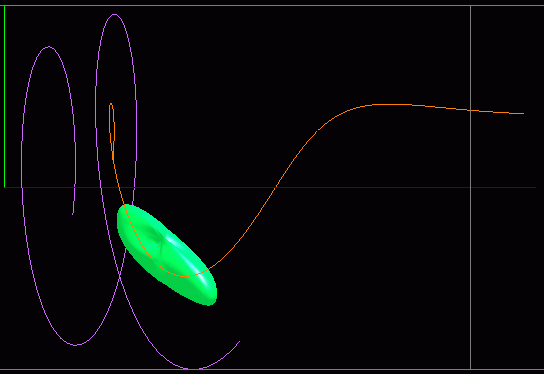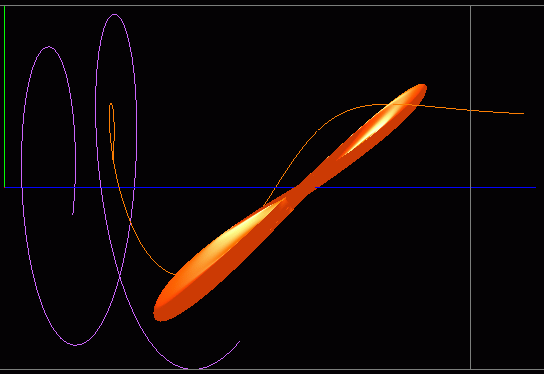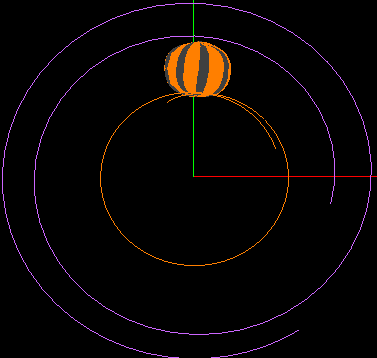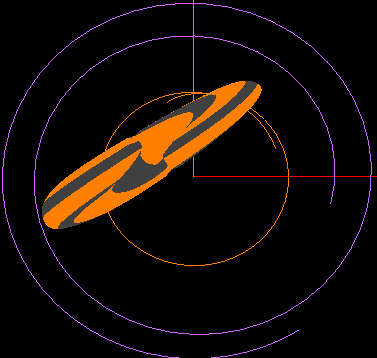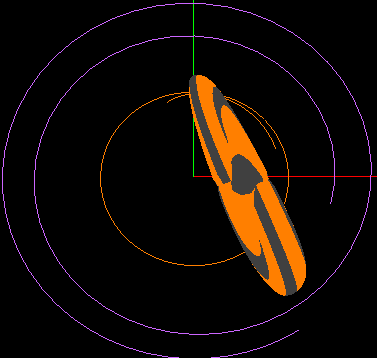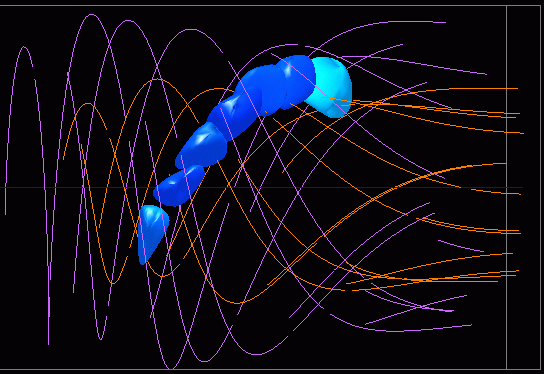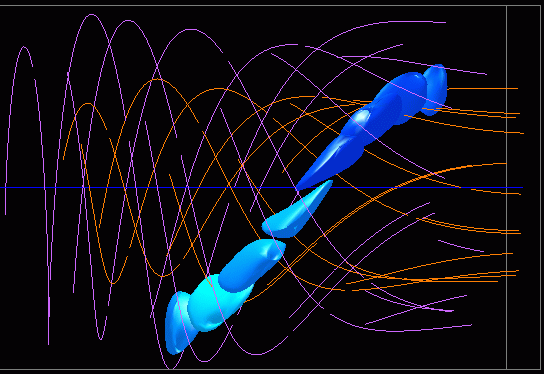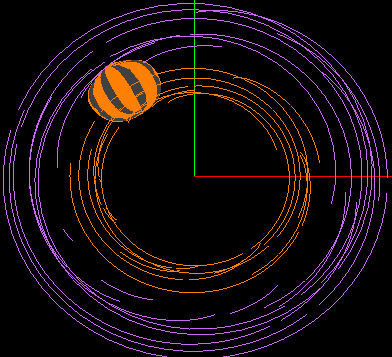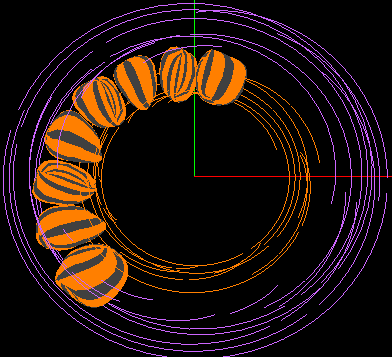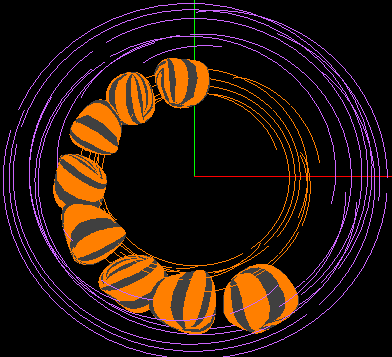Stream Bubbles for Flow Visualization
Abstract:
This paper introduces a new relatively inexpensive technique --
Stream bubbles for 3D flow visualization.
The physical analogy to this technique are
bubbles (air, carbon-dioxide, oil, etc.) that can be
observed in nature with interesting shapes and varying speeds.
A stream bubble is defined by 8 control vertices
to produce a smooth surface representation.
There are different ways of representing these
surfaces including NURBS and subdivision surfaces.
Its internal shape changes over time and shows twisting and stretching,
as well as expansion and contraction along the flow.
Upon encountering an obstacle,
it will automatically erode and/or
split in an intuitively simple geometric way.
For highly divergent and vortical fields,
stream bubbles can also break apart based on
the aspect ratio of the bounding volume.
When two or more stream bubbles meet,
no explicit merge operation is needed since
the surfaces will simply intersect each other to form
a composite surface.
Bubbles may be of different sizes.
Large bubbles give a coarse global view of the flow structure,
while smaller bubbles give a more accurate depiction of the local
flow structure.
In addition, our interface provides a good view of the flow
structure by allowing users to interactively move and resize
different stream bubbles together with an animated or step-by-step
playback facility.
Papers:
Tech Report:
NURBS Blobs for Flow Visualization
Pacific Graphics 2001:
Stream Bubbles for Steady Flow Visualization
Images and Movies:
Stream Bubble
 |
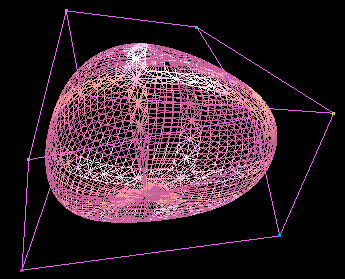 |
 |
| Stream bubble |
Wireframe |
Intersecting |
Deformation
Split
Vortical Flow
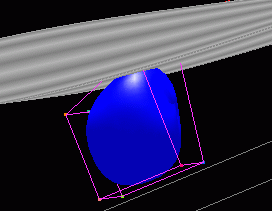 |
 |
| before erosion |
after erosion |
Split
 |
 |
| before split |
after split |
Flow Undergoing Erosion and Split
Flow Undergoing Break
 Return to AVIS home page.
Return to AVIS home page.







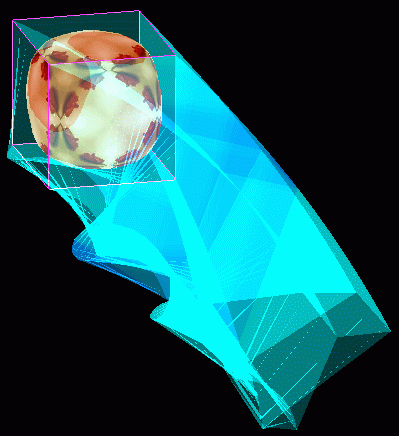

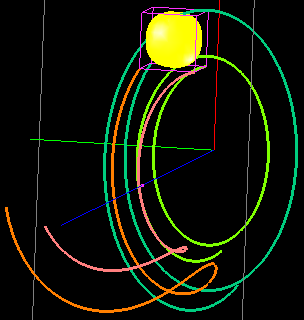
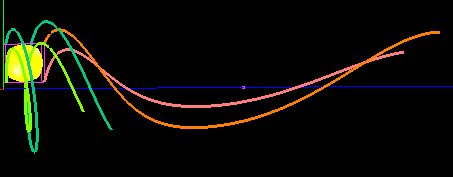
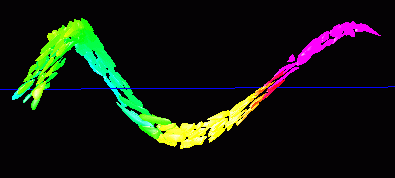






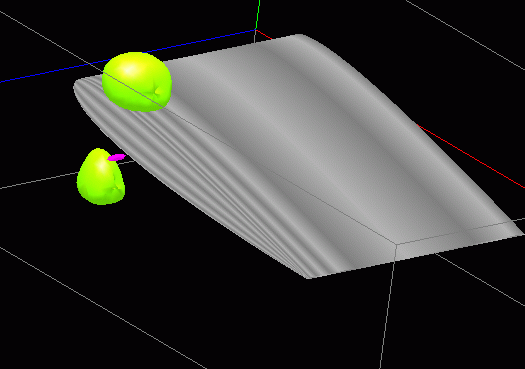
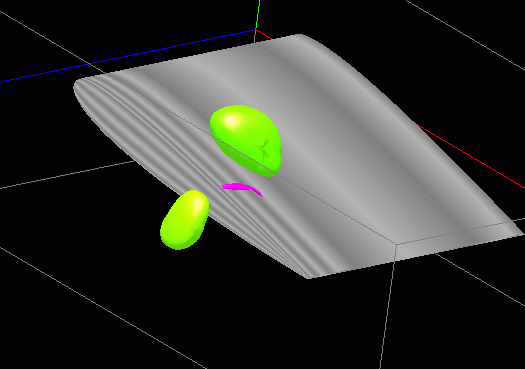
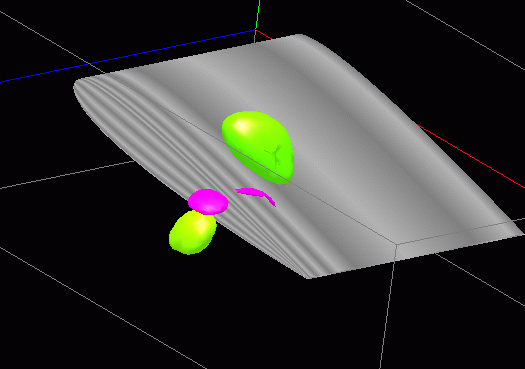
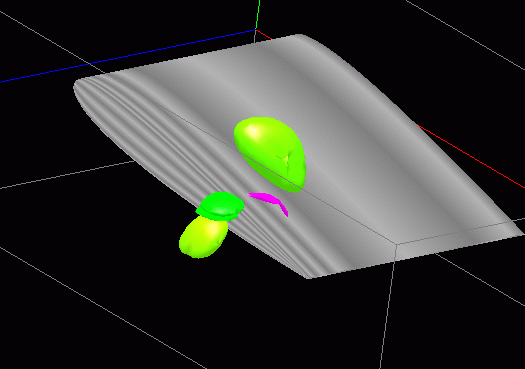
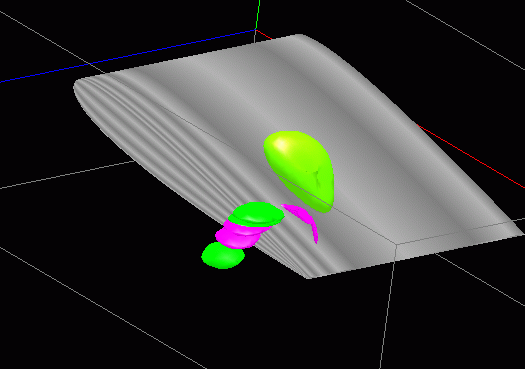

 Movie[4.3Mb]
Movie[4.3Mb]
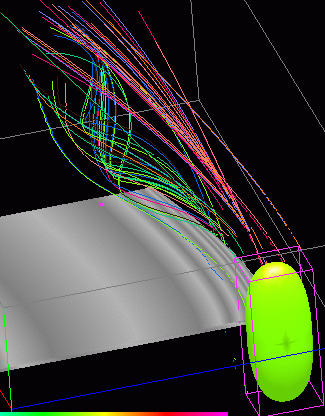


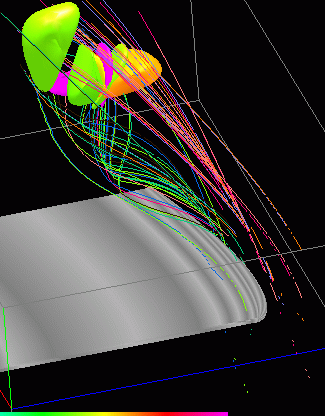 Movie[3.6Mb]
Movie[3.6Mb]

